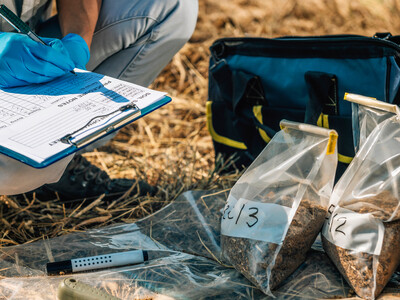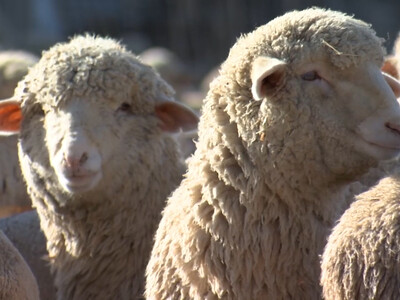Proper Insect Management
Proper Insect Management. I’m Greg Martin with today’s Line On Agriculture.
Herbicide resistance is still top-of-mind for growers this season - but as new insect pests - like the brown marmorated stink bug and kudzu bug - spread throughout the U.S. - growers must ask themselves if the proper steps are being taken to manage insecticide resistance and prevent it from impacting the profitability of row crops. Caydee Savinelli - Syngenta Insecticides Technical Asset Lead and Secretary for the Insect Resistance Action Committee - discusses how insecticide resistance can impact a grower’s return on investment and the proper methods for preventing resistance.
SAVINELLI: The biggest cause of insecticide resistance is that there is inherently a small part of the population that is resistant and over time with constant exposure to the same mode of action and the same insecticide it’s very likely that that small resistant population becomes larger because the more susceptible ones are then eliminated. So then the greatest threat level comes from where the growers are making multiple applications in a single year so it’s really a matter of time and exposure.
Insecticide resistance doesn’t only impact quality and yield - but it can also impact a grower’s input costs.
SAVINELLI: If you have insecticide resistance it basically means that either the grower has to use a higher rate of insecticide. He may have to apply more often and essentially overall increases his costs because he’s spraying more often, he’s spraying higher rates and that can ultimately reduce his return on investment. Certainly from the growers point of view it’s important to keep the viability because the tools that he uses are limited in number and certainly he wants to be able to continue using those tools over a long time.
Monitoring insecticide applications and rotating modes of action are key ways to manage insecticide resistance. These practices help prolong the life of each insecticide - ensuring their viability for future use.
SAVINELLI: That’s why managing insecticide resistance is to manage the level of exposure so it’s very important number one to decide whether or not you need the insecticide in the first place and so monitoring and scouting is very important. And then after it’s been determined that there is an action threshold or a need to spray, then make the application. Typically rotating modes of action is one of the best methods of managing resistance. Some modes of action will affect the insects nerves, other modes of action will affect the insects muscles and so by having different modes of action you’re basically affecting the insect differently and so therefore the chance of resistance decreases.
That’s today’s Line On Agriculture. I’m Greg Martin on the Ag Information Network.

















